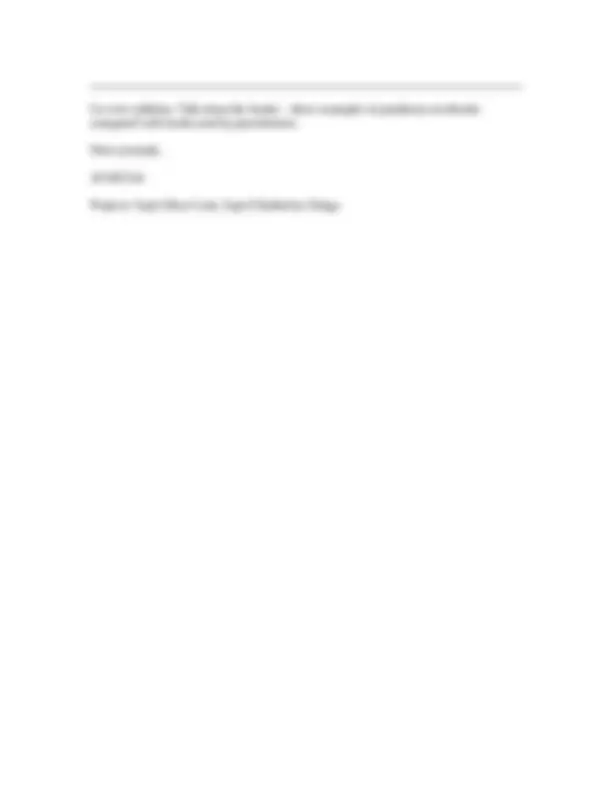



Study with the several resources on Docsity

Earn points by helping other students or get them with a premium plan


Prepare for your exams
Study with the several resources on Docsity

Earn points to download
Earn points by helping other students or get them with a premium plan
Community
Ask the community for help and clear up your study doubts
Discover the best universities in your country according to Docsity users
Free resources
Download our free guides on studying techniques, anxiety management strategies, and thesis advice from Docsity tutors
An introduction to the topic of software engineering, including the history of the term and its definition. The lecture covers the waterfall process, a software development model, and discusses its benefits and drawbacks. The document also mentions other activities that go on in parallel during software development and encourages students to explore resources such as textbooks, journals, and projects.
Typology: Study notes
1 / 2

This page cannot be seen from the preview
Don't miss anything!


How old is “software engineering”? The term was first used in 1968 as the title of a very influential NATO conference held in Germany, in response to the “software crisis”. What is SWE? A) “the establishment and use of sound engineering principles in order to obtain economically software that is reliable and works efficiently on real machines”
Go over syllabus. Talk about the books – show examples of ponderous textbooks compared with books used by practitioners. Show journals. ACM Club Projects: Sept 4 Roy Cook, Sept 6 Katherine Ortega